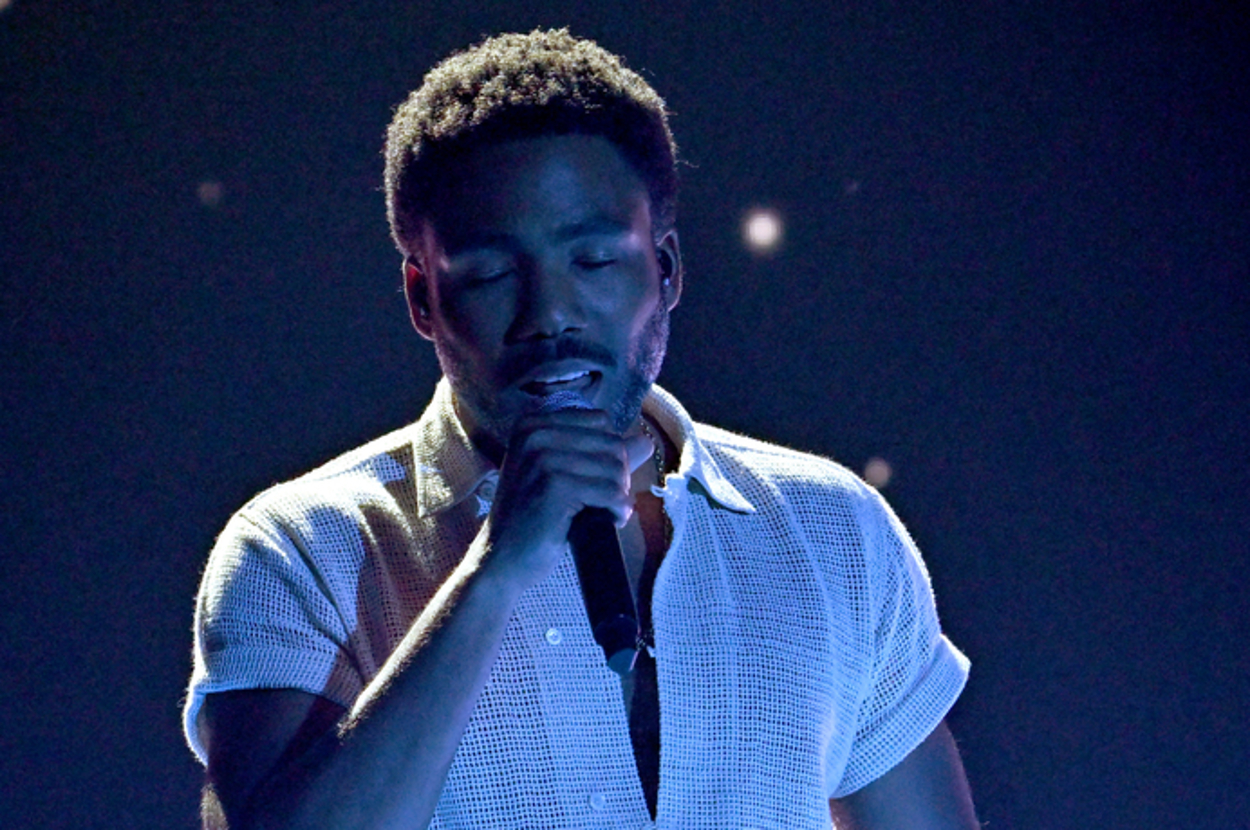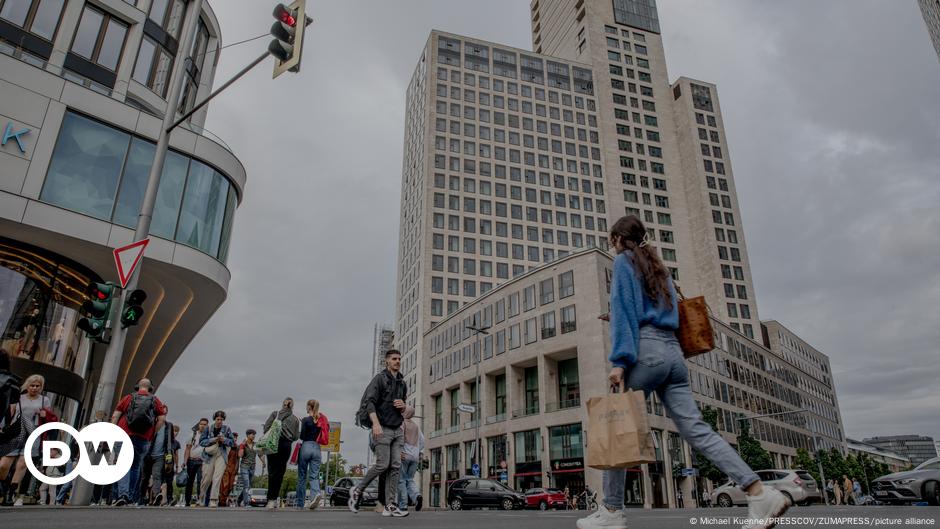World
7 Takeaways From Childish Gambino’s ‘Bando Stone & the New World’

Donald Glover’s Childish Gambino project has always emphasized the grandiose. His albums are bolstered by weighty themes, knotty narratives, and heady concepts. It’s fitting, then, that his last album under the moniker, Bando Stone & the New World, is also its most spectacular in scope. In a recent New York Times profile, he explained why the name was being retired, saying: “It really was just like, ’Oh, it’s done. It’s not fulfilling. And I just felt like I didn’t need to build in this way anymore.” If this is really the farewell he says it is, then he’s going out with an absolute bang.
The Childish Gambino project is often a good way to track where Glover’s other creative entities are at, too. His playful, often-panned early raps coincided with his career in comedy, particularly on the show Community. His acclaimed breakthrough, 2016’s Awaken, My Love!, came as he was creating his most celebrated body of work today, the television show Atlanta. Now, on the heels of Mr. & Mrs. Smith, it’s unclear what exactly Glover will be doing next, but the cinematic maximalism of Bando Stone and its to-be-released accompanying film suggests something that spans multiple mediums.
Though the album is marketed as a supplement to the film, Donald Glover album releases are still massive events in their own rights. The album takes on the air of a rock opera, telling the tale of Bando Stone—a name that may or may not be the alter-ego of “Cody LaRae,” who is sung about on “Lithonia”—who is on the wrong side of celebrity and success as a musical artist. Glover blends narratives and perspectives, mixing reality and fiction to create a surreal story that unfurls like many of his psychedelic opuses. The album is out and we dug in. Here are seven early takeaways from listening to Childish Gambino’s Bando Stone & the New World.










